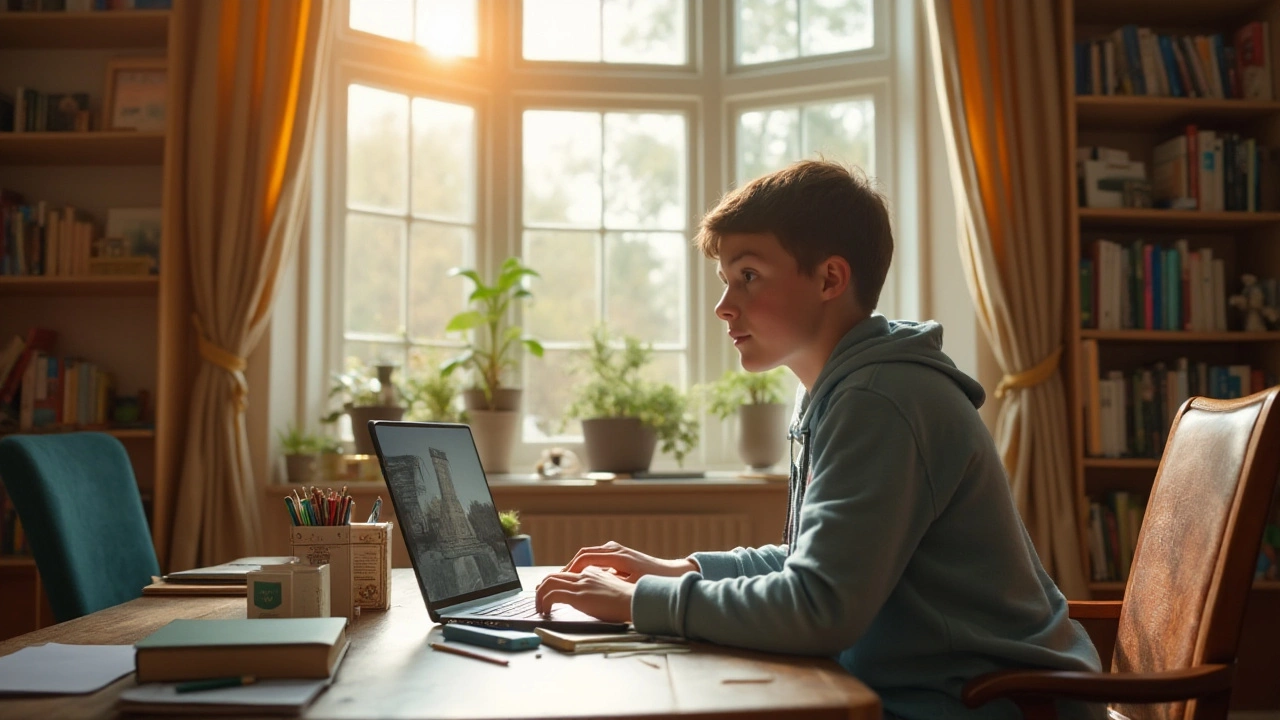Virtual Learning: How to Make Online School Work for Kids
Ever feel like virtual learning is a maze? You’re not alone. Parents and teachers are juggling screens, schedules, and attention spans every day. The good news is that a few simple tricks can turn chaos into routine. Below are hands‑on ideas you can try right now to keep your child focused, motivated, and actually learning.
Set Up a Dedicated Learning Space
A quiet corner with a desk, good lighting, and minimal distractions does wonders. It doesn’t have to be fancy – a small table away from the TV works. Keep all school supplies—pencils, notebooks, headphones—within arm’s reach. When the space is ready, let your child see it as “school” and the rest of the house as “play”. This visual cue helps the brain switch modes without a constant reminder.
Build a Predictable Routine
Kids thrive on structure. Write a daily timetable that mirrors a regular school day: log‑on time, short breaks, lunch, and wrap‑up. Use a colorful chart or a simple app so the schedule is visible. When the routine is consistent, children know what to expect, which reduces anxiety and the urge to hop online for games.
Break lessons into bite‑size chunks. Research shows attention drops after about 20 minutes, so aim for 15‑minute focus periods followed by a 5‑minute stretch or water break. A quick walk, a dance move, or a simple breathing exercise recharges the brain and keeps it ready for the next lesson.
Make tech work for you, not against you. Test the internet connection, mute unnecessary notifications, and close unrelated browser tabs before each class. If the platform allows, turn on captions – they help with reading speed and keep kids from missing key points.
Engage your child with interactive tools. Platforms that let students draw, poll, or use virtual whiteboards boost participation. Ask open‑ended questions like, “What would you do in this scenario?” rather than yes/no prompts. This turns a passive video into a conversation and makes the material stick.
Don’t forget the social side. Schedule short video chats with classmates for a quick hello or a group project. Even a 10‑minute “buddy time” keeps friendships alive and makes learning feel less isolated.
When challenges pop up – a glitch, a missed assignment, or a frustrated sigh – stay calm and tackle one issue at a time. A quick “What’s the problem?” and a plan to fix it (restart the app, email the teacher, or adjust the schedule) shows your child how to solve problems independently.
Finally, celebrate progress. A sticker chart, a special snack, or extra screen time for hitting a weekly goal reinforces good habits. Recognition tells kids that effort matters more than perfection, and it builds confidence for future lessons.
-
22
- 0
Switching to online schooling offers flexible learning solutions for families seeking alternative education options. It requires familiarity with digital platforms, setting up a conducive learning environment, and understanding curriculum differences. With the rise of virtual classrooms and resources, adapting to this mode of learning can enrich the educational experience. Tailoring a plan that fits your child’s needs while utilizing available technological resources can be pivotal for success. This guide provides practical insights into making the switch seamlessly. Read more
Tags Weight
- education
- exam preparation
- study tips
- adult education
- online courses
- adult learning
- lifelong learning
- distance learning
- GCSE revision
- online education
- private tutoring
- special needs education
- scholarships
- remote learning
- scholarship tips
- financial aid
- international students
- effective learning
- e-learning
- education funding

